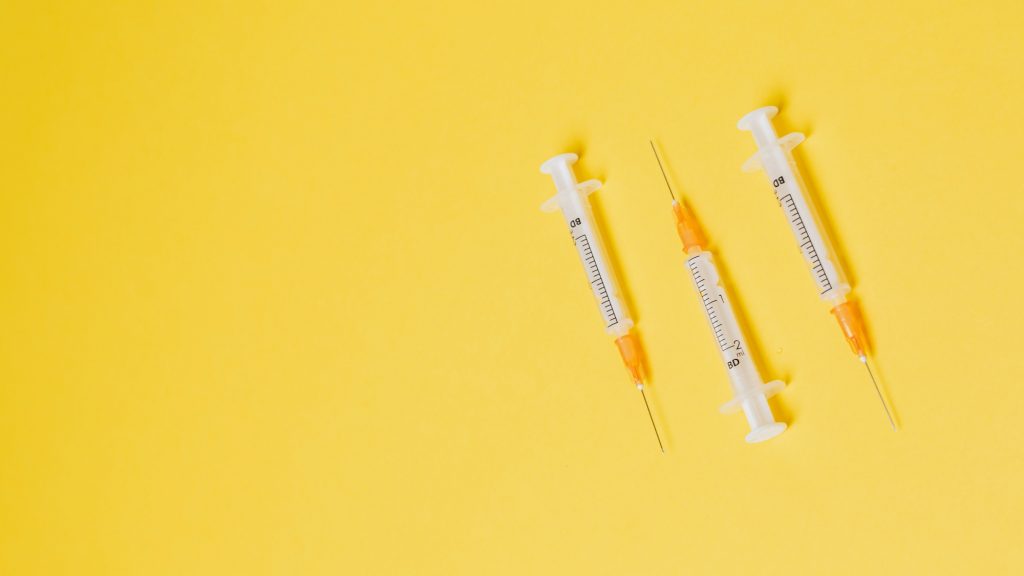FREE Shipping on Orders over $89 with Account – Create One Today!
- (844)-859-9400
- Get Help

Design-wise, syringes use a piston or reciprocating pump function to draw in and then release a liquid. This is done through a tube with a plunger-style interior fitting tightly inside. The needle may be attached, or for reusable options, you may notice a separate plunger and tip.
In medical settings, syringes are typically used for administering injections or delivering a medication. Syringe size and composition reflect dosage and application.
If you’re someone whose treatment or medication use involves a syringe, this syringe guide can help you understand the different types and features.
On a broad level, syringes are reusable or disposable. You’ll find syringes packaged with a needle, as well as those without a needle included. Gradations on the side of the syringe indicate the amount of liquid by volume it can hold.
In terms of classification, syringe type is defined by the tip, including:
Along with these four types of syringes, disposable syringes with an attached needle at the tip are preferred for low-dose injection applications.
In addition to tip, you’ll want to select a syringe based on two additional factors — volume and pressure flow. Syringe barrels will display the volume amount in centimeters and milliliters. Lower-volume syringes are typically used for injections, while amounts around 10 to 12 milliliters are designed for tubing and catheters, and those with 20- to 70-milliliter capacities are intended for irrigation.
As you think about selecting a syringe, factor in the types of needles you’ll use for the application and design.
In general, syringe needles are hollow with a sharp, yet beveled tip designed for puncturing. The needle includes an area called a “hub” that is secured into the tip of the syringe. A cap will be placed on the needle to protect the user. A needle will be packaged with or without a syringe.
Needle selection is based on:
As a final tip in this syringe selection guide, please note that you will need to factor in whether the needle is compatible with the syringe tip. However, most needles work with Luer lock, slip, catheter, and eccentric tips.
Sources:
https://www.vitalitymedical.com/blog/selecting-syringes-and-needles.html
https://muzamedical.co.uk/blogs/blog/choosing-a-syringe-what-type-of-syringes-are-there-and-which-should-i-use
https://www.allegromedical.com/understanding-the-various-syringe-types
